Beyond the Skyline GT-R, Nissan is not always a name that immediately inserts itself into conversations about great sports cars. Yet look at the firm’s back catalogue and it’s riddled with fast, interesting, exciting cars, and that’s not even including the Datsun 240Z that set the template for so much of what followed. While the now-legendary R32 Skyline GT-R was making the ground shake and knees wobble in 1989, another Nissan sports car arrived the same year, and it is equally deserving of our attention – the Z32 300ZX.
Where the Skyline was all muscle and barely-contained ninja reflexes, the fourth-generation Z-car was an altogether more svelte coupe clearly with US and European buyers in mind. The simple coupe profile was handsome, and the faired-in headlights maintained that silhouette, where others, such as the Mazda RX-7 and Porsche 968, still relied on pop-up lights. Less dramatic, perhaps, but the 300ZX had a sleek look that continued inside its well-appointed cabin, which all made it an appealing choice.

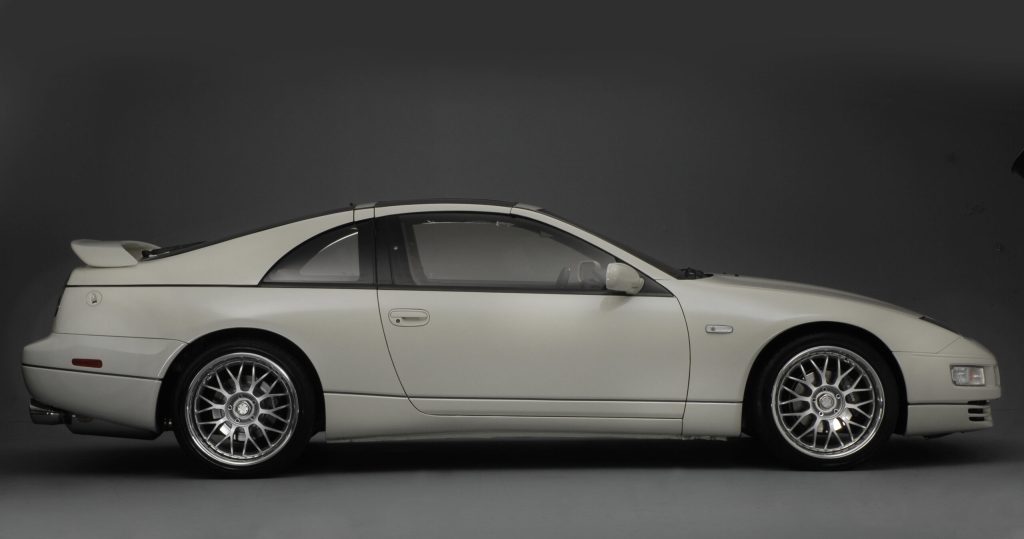
At first, and perhaps conscious of not straying too close to the Skyline’s claimed power output, the first 300ZX model was revealed in early 1989 with a naturally aspirated 3.0-liter V6 engine producing 222bhp. That sounded quite modest for an engine of this capacity, but it could knock off 0–60mph in 6.5 seconds and still touch 149mph all out. That was with the five-speed manual transmission, or you could opt for a four-speed auto that blunted the spring to 60mph to 7.5 seconds.
All of this was more than enough to put the 300ZX on the radar of sports car buyers in 1989, helped by the Nissan’s generous specification. UK-bound cars were all 2+2s and came with air conditioning, cruise control, electric door mirrors, and anti-lock brakes, all of which made it a hugely well-equipped car at the time. You could also have a T-top version, and there was a full convertible from 1993. US and Japanese buyers were also offered a two-seater with a slightly shorter wheelbase and this is now a much in-demand version in all markets.
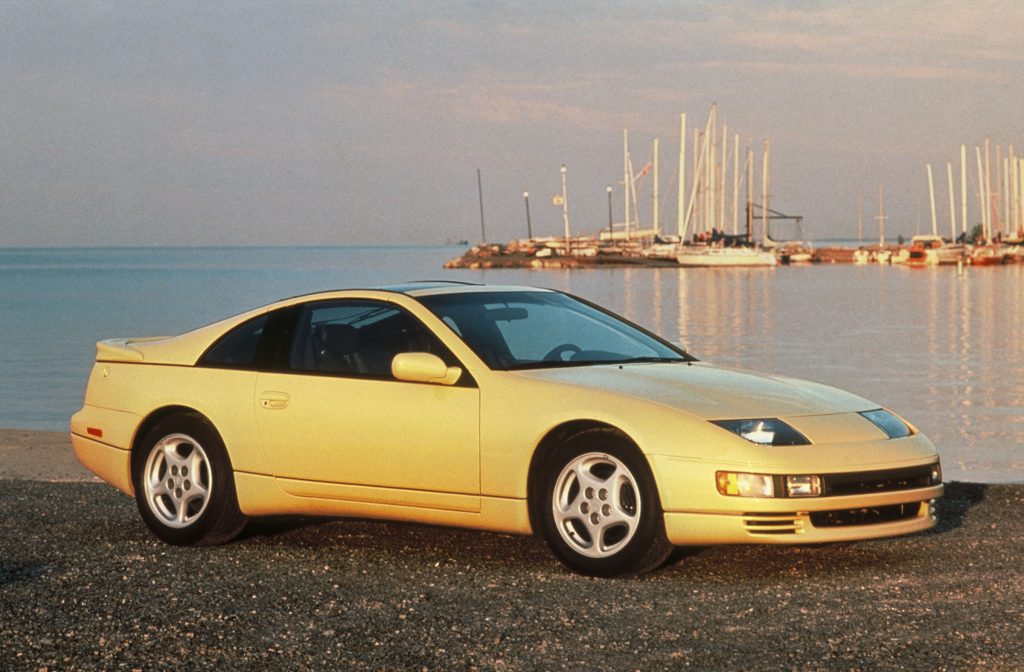
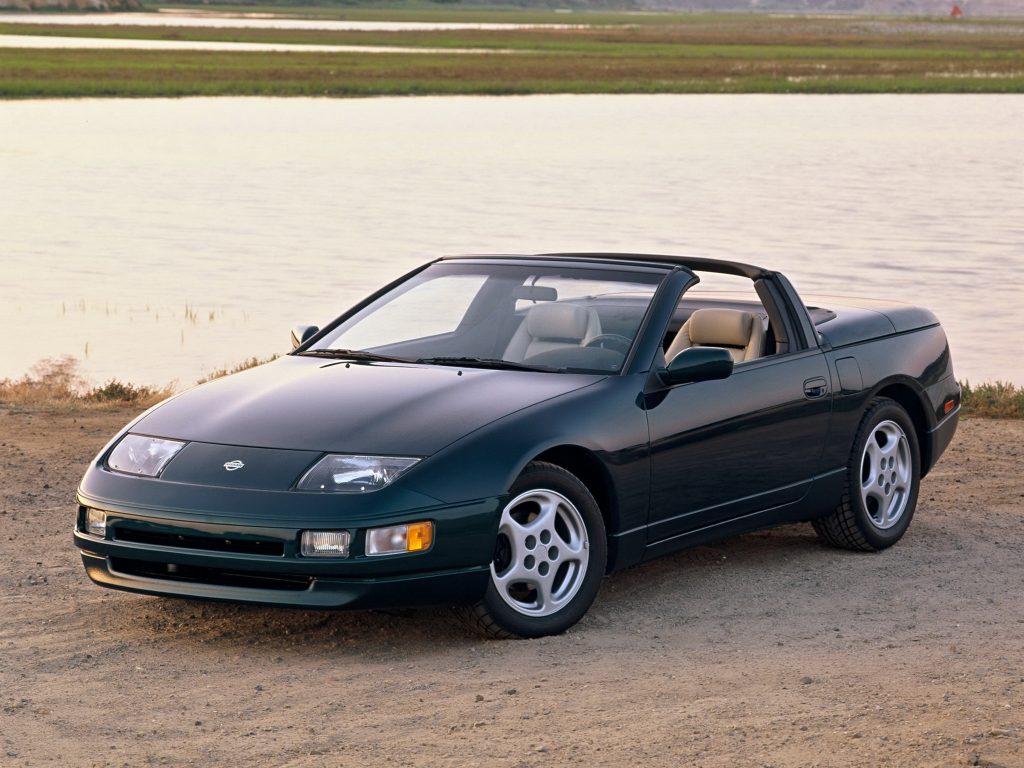
However, there was a lot more to come from Nissan and toward the end of the year the 300ZX Turbo model was unveiled. Power outputs varied according to where the car was sold, with US models claiming 300bhp while those in Japan and Europe were billed as making 276bhp. That latter figure was a sop to the gentlemen’s agreement between Japanese carmakers to cap power at 280PS, or 276bhp. The reality is the 300ZX Turbo came with 300bhp wherever it was sold and explains why it could cover 0–60mph in 5.2 seconds in contemporary road tests. It would also hit a speed limiter at 155mph, though it was reckoned it could carry on to 171mph without the limiter. Thicker brake discs were used, up from 28mm to 32mm thick, which helped slow this twin-turbo machine.
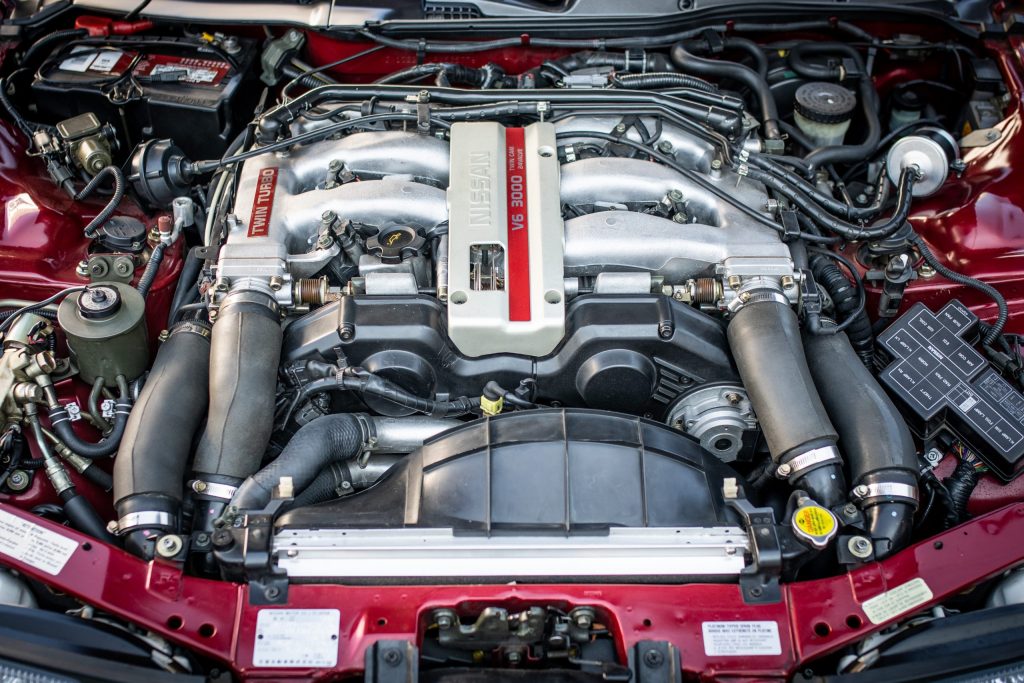
The Turbo also gained Nissan’s Super HICAS suspension, which stood for High Capacity Actively Controlled Steering. This system allowed the rear wheels to counter steer at lower speeds and steer in the same direction as the front wheels at higher speeds. It was initially praised for giving the 300ZX rapid responses, but many owners were not so keen, and Super HICAS delete kits were a common aftermarket upgrade.
Engine upgrades were another popular modification for the 300ZX, as it transitioned from new car to used and was sought out by tuners. With its twin turbos, it was easy to boost the motor to 400bhp, which also saw many of these cars thrashed and crashed. That led to many imports from Japan to satisfy demand, but the market has now firmly shifted in favour of original-market cars in excellent stock shape.
What’s a 300ZX Like to Drive?
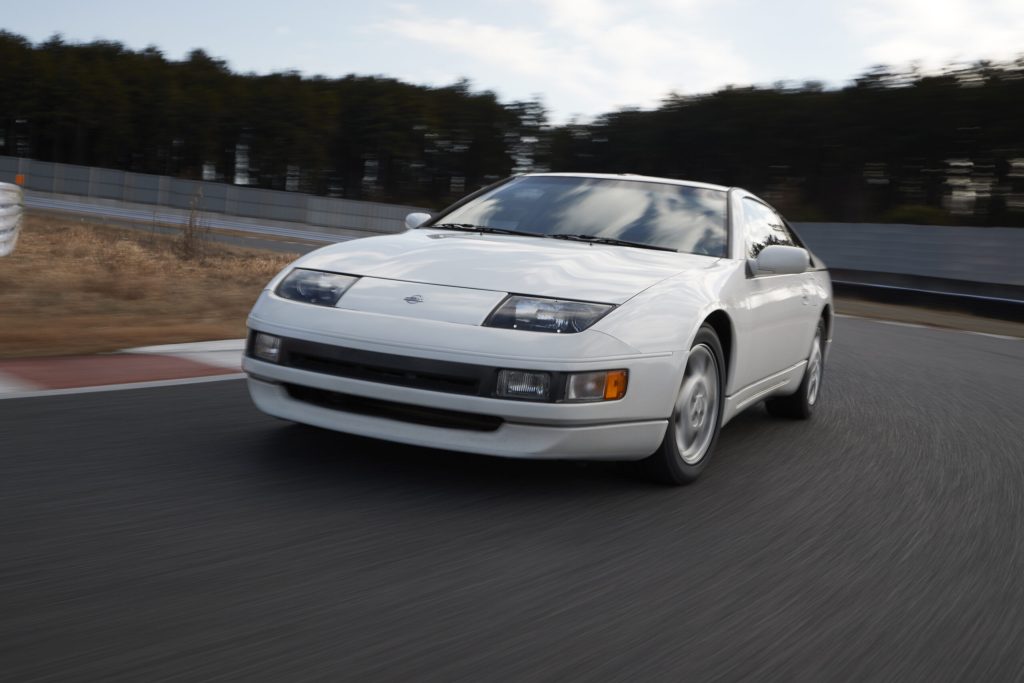
There are two distinct flavours of Nissan 300ZX based on whether you choose the 222bhp naturally aspirated model or the Turbo with 300bhp. Much of the difference is down to the engine’s induction, of course, but there is also an impact from the suspension and brakes. The Turbo’s stronger brakes have more feel and stopping power, which provides the driver with an extra layer of confidence when driving hard on back roads. The non-turbo car is good, but the Turbo is noticeably better.
It’s a similar story with the 300ZX’s agility, as the Turbo has the Super HICAS rear-wheel steering system, which was improved from 1994 just when the 300ZX went off sale in the UK. It’s a bit of a novelty nowadays, but you can feel the Turbo pivoting into a bend that bit more eagerly than the non-turbo model. Some drivers might find this is a little too quick a reaction from the car and the 300ZX, in either form, needs some care as you approach its limit of grip. While the front remains faithfully planted and errs toward understeer, the rear tyres can unsettle and jink into oversteer quickly and with much less progression than a Porsche 968.
Then we come to the engine and performance of the two 300ZX models. If you didn’t know the Turbo existed, you would be quite happy with the 222bhp 300ZX. It offers performance that was, for the time, strong, and there’s plenty of low- and mid-rev muscle from the 2960cc V6 up front. It revs smoothly and freely all the way to its redline, though maximum torque of 198lbft is so-so and doesn’t arrive till a slightly peaky 4800rpm. Even so, the slick five-speed manual gearbox lets you work the engine when the opportunity arises, or you can leave it in a higher gear and cruise all day long at motorway pace.
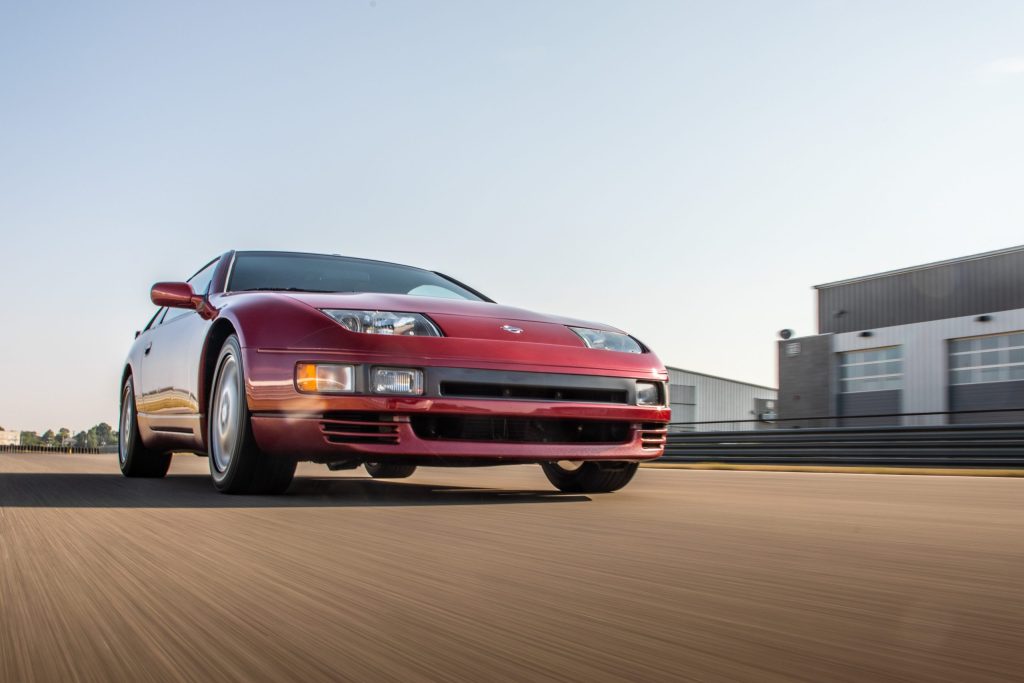
The Turbo has the same docile nature when you just want to head from here to there in relaxed style. However, take a detour onto a more entertaining road and this is the car you want to be in. Maximum power arrives at 6400rpm, so it needs to be worked much harder than a Porsche 944 Turbo to get the best from it. The noise from the twin-turbo V6 makes that effort worth it, and so does the acceleration. There is a real push in the back when the turbos come into play, and this model’s peak torque of 283lbft is not only significantly more than its sister model’s, it also arrives at 3600rpm to be on hand much more of the time. The fundamental difference is the Turbo still feels like a very quick car, even world-class for the era, whereas the non-turbo 300ZX is . . . brisk.
Both cars do a decent job of controlling their response to bumps and dips in the road. Compared to modern sports cars on thin-walled tyres and firm suspension, the Nissan is almost plush, though it was criticised when new for being on the firm side. Our experience is that a well-sorted 300ZX is fine for daily driving, and the cabin still feels rather opulent and intimate with the way the dash curves around the driver. We also like the air-con controls on the module next to the steering wheel, while the seats are supportive and cabin noise is not an issue at higher speeds, so long as the rubber seals are in good order.
How Much Does a 300ZX Cost?

There remains a big chasm between the best Nissan 300ZXs and ones that have been used, abused, and modified. Sadly, too many 300ZXs have been ruined, though most end up with the car making much more noise than power. As a result, stock standard is the way to go, and it’s what the market now wants.
Plenty of buyers remember the 300ZX from their youth and can now afford to indulge, and they’ll find solid cars in good driving order but needing some improvements for around £12,500. Smarter examples with thick history files and genuine mileage will edge up to £20,000 for an original UK car with a manual gearbox. There’s little difference in value for hard-top or T-top models, so that’s down to your preference. The very best Turbo models now fetch upwards of £40,000, with non-turbo models generally around 30 per cent less.
While looking at 300ZX cars for sale, you also need to be aware there are plenty of imports from Japan, where it was badged Fairlady, and some are still arriving now. There is nothing to worry about when buying one of these cars beyond the usual checks for any 300ZX, but there will be specification differences, and imports tend to come with little or no service history. On the other hand, some enthusiasts place a high value on many of the unusual gadgets that Japanese Domestic Market cars often acquire, so again it’s all down to what you are looking for from the car.
What Goes Wrong and What Should You Look for When Buying a 300ZX?
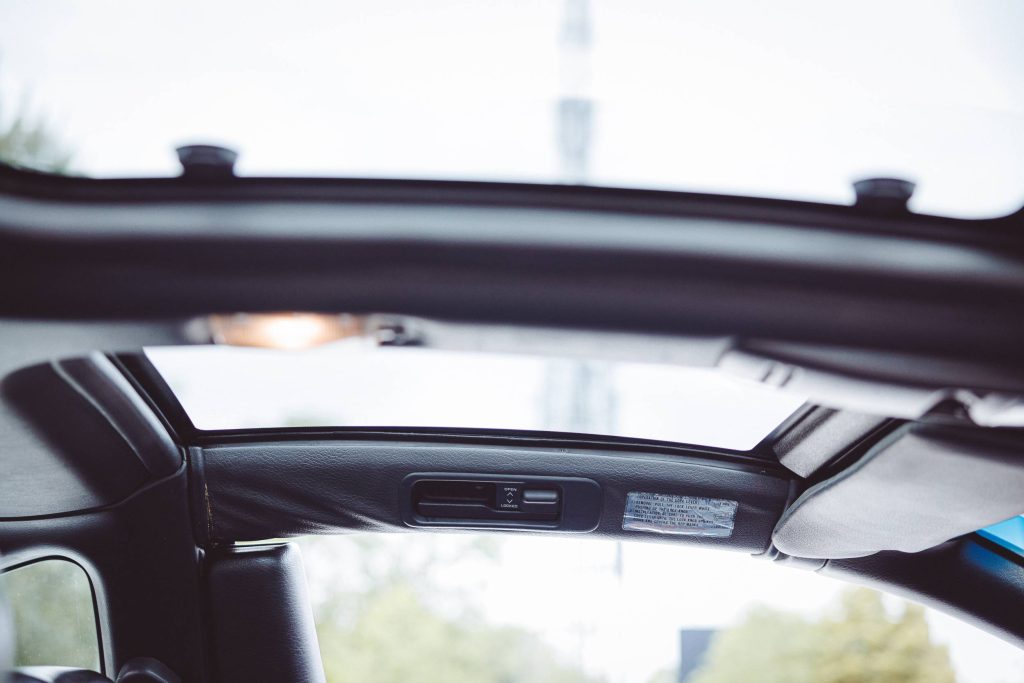
The good news is the 300ZX’s 3.0-litre V6 engine is every bit as reliable as Nissan’s other models are noted for – so long as it’s been maintained. A new timing belt is needed every 60,000 miles, so check this has been done in the recent past on age rather than mileage, as few will ever see that sort of distance today. The clutch on manual-gearbox cars also tends to need replacing at around the same mileage intervals, though this will depend on how hard a life the car has lived with its various owners. Other things to check for include turbo seals that have worn with age and heat, ignition coils or injectors causing a ticking sound, and oil leaks from the cam end seals. Have a good look for any coolant leaks. This engine is known to run hot as standard, so the cooling system must be in perfect condition and the coolant regularly checked and changed. High under-bonnet temperatures can also damage the wiring loom and lead to misfires or non-starting.

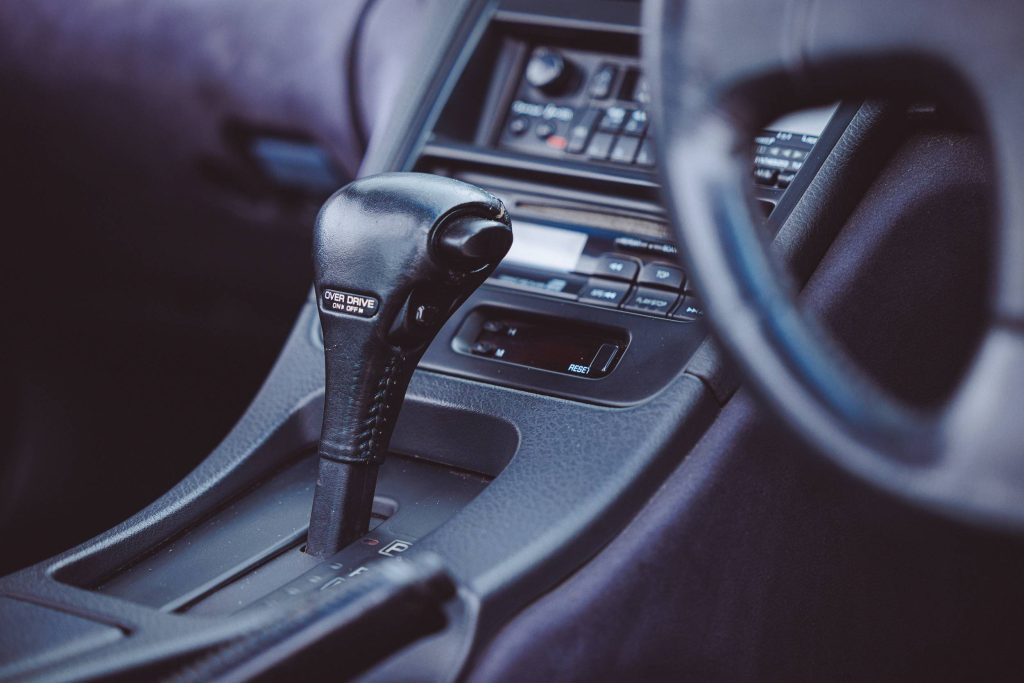
The five-speed manual gearbox is very unlikely to give any trouble, so just make sure it engages smoothly and shifts between ratios cleanly. The four-speed automatic, on the other hand, was always a bit marginal in the 300ZX and cars so equipped came with the power toned down to 280bhp in a bid to give it an easier life. However, it was still prone to overheating, so make sure it goes through the gears without any delay or judders, and also factor in a gearbox flush and fresh fluid as part of the buying process.
The remainder of the mechanical side of the 300ZX is tough and easy to work on, which just leaves the interior and bodywork. Any damp inside the car is most likely due to worn seals on the T-top roof, if fitted. The drain channel for this roof can also become clogged with dirt, which lets water into the cabin and down into the sills, where it will rot them from the inside. The sill is a triple-layer construction that needs to be expertly repaired to retain the 300ZX’s strength, so have a good prod all along their length. Any sloshing sound on a test drive should sound alarm bells. The rear wheelarches are another rot spot.
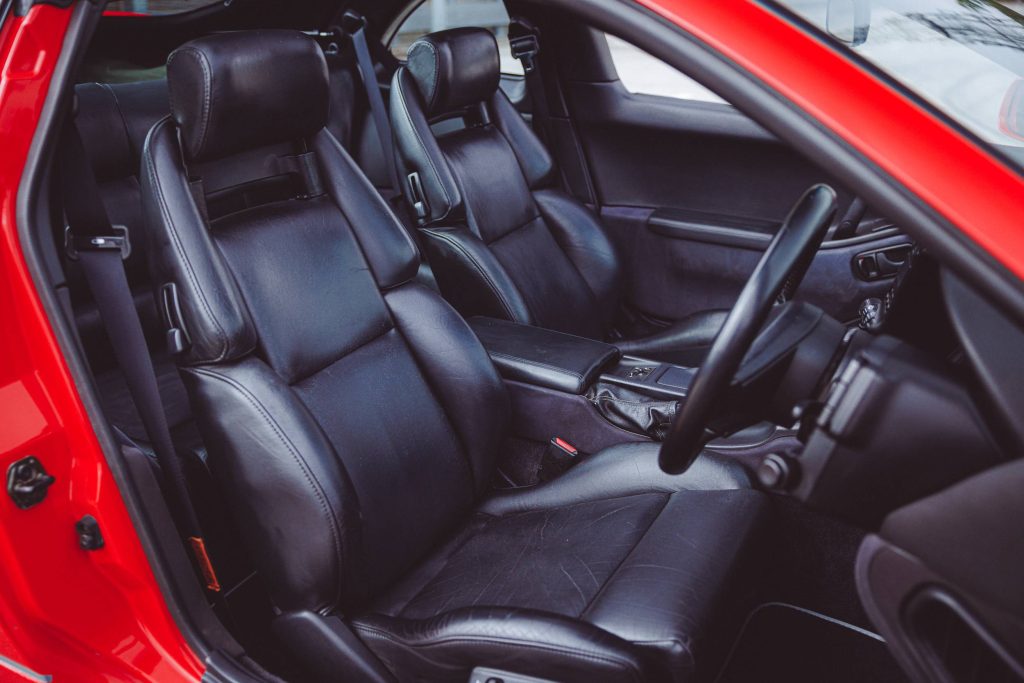
For the interior, the most important point is to make sure it’s all there, as finding parts is becoming difficult. Leather interiors are durable and simple to repair or replace, but the fabric upholstery is now hard to source. It’s often easier to buy a complete replacement seat in the same cloth.
Which Is the Right 300ZX for You?
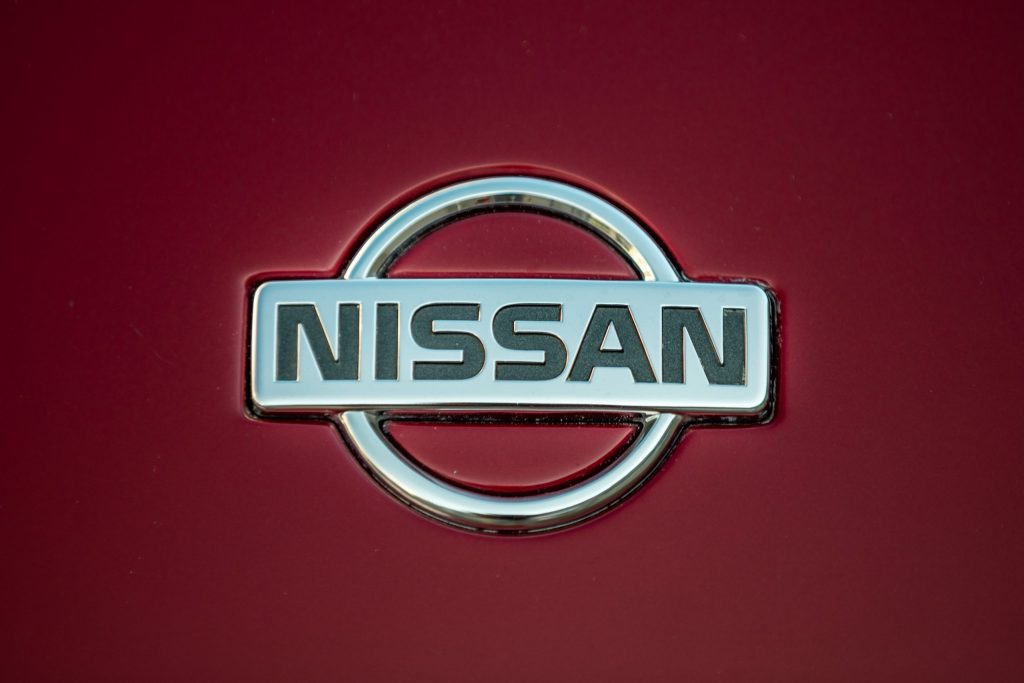
Don’t dismiss the non-turbo Nissan 300ZX, especially with the five-speed manual gearbox. It’s a simple, enjoyable rear-drive sports car with enough punch to stay with more modern machinery on twisty roads. You will have to be prepared to rev the engine to wring the best from it, but the dual rewards are strong performance and a cracking V6 sound. Most of these cars tend to be T-top models and all UK cars came with 2+2 seating.
The majority of Turbos also have the T-top roof, though hard-top coupes are more highly prized, and the Japan/US-market two-seat fixed-roof coupe is the pinnacle for collectors, as it’s considered the lightest, stiffest, and best handling 300ZX. Setting aside such rarities, the Turbo is a brilliant car, and its performance when new put it alongside a fair few supercars. It could also out-point many of that breed on more sinuous roads. Find a 300ZX with manual gearbox in fine order today and it will still surprise you with how quick and capable it is. This is not only the ZX to have, but one of the landmark Japanese sports cars of past 50 years.
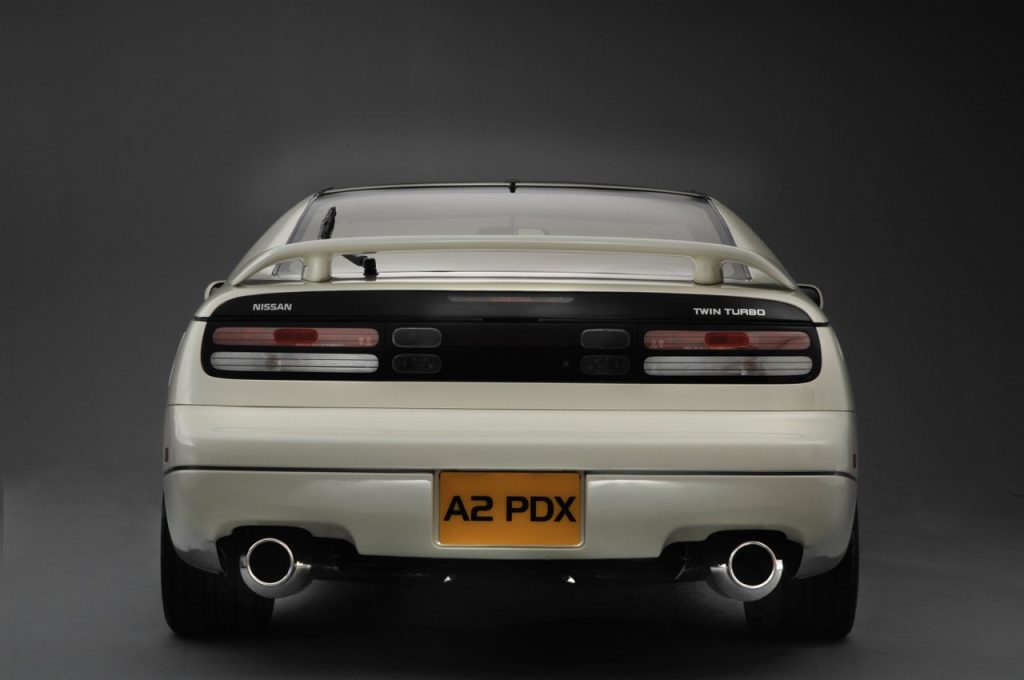
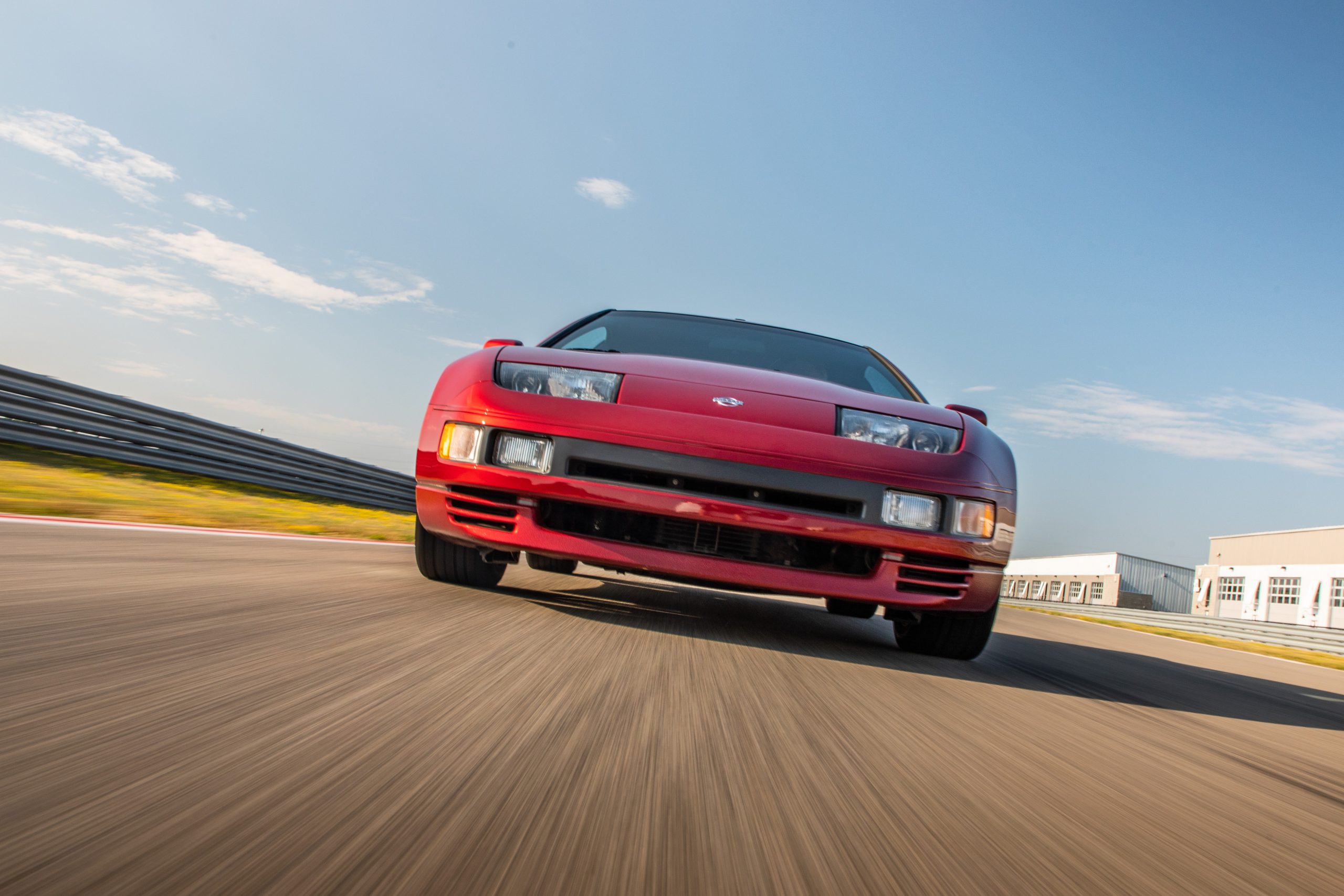


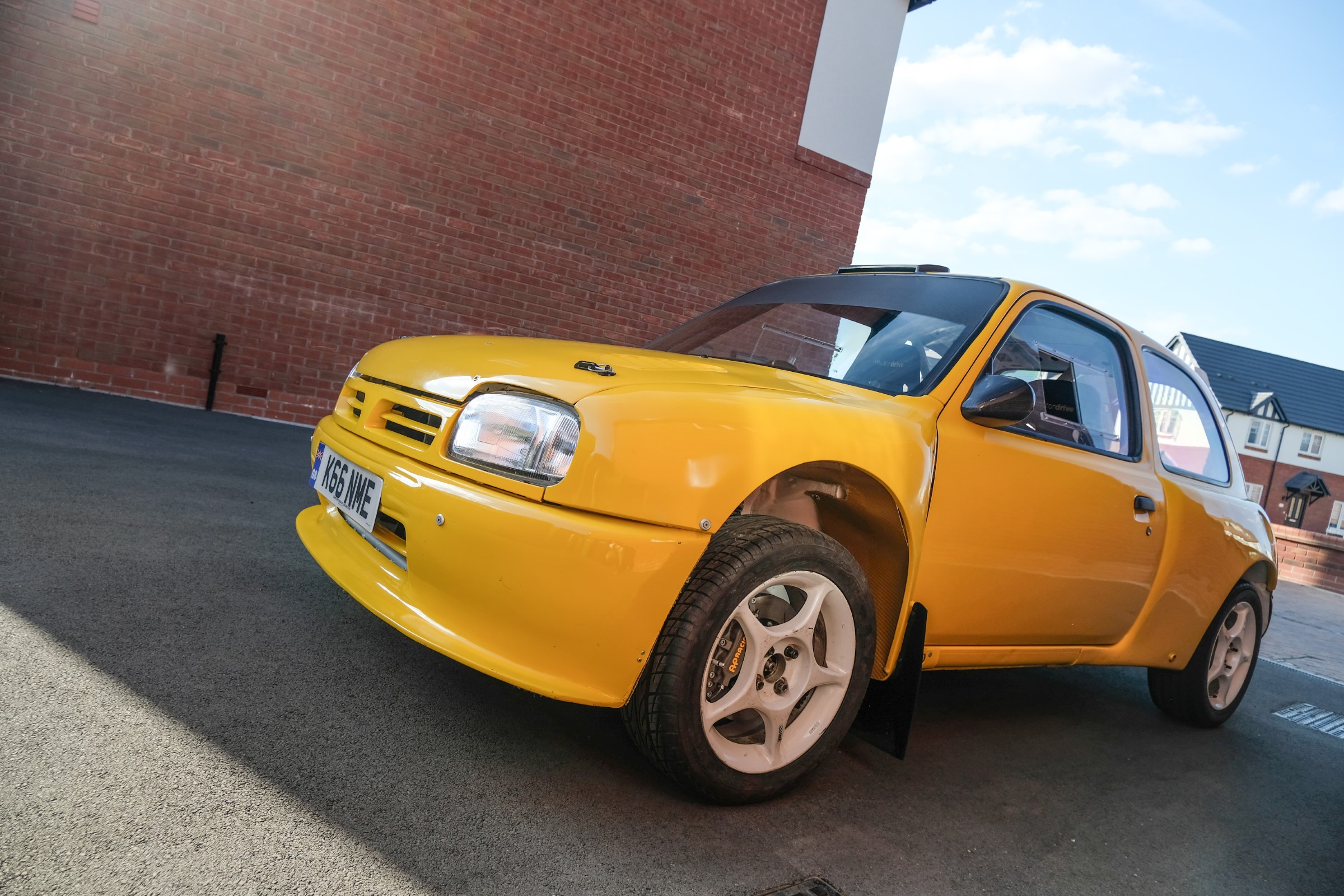
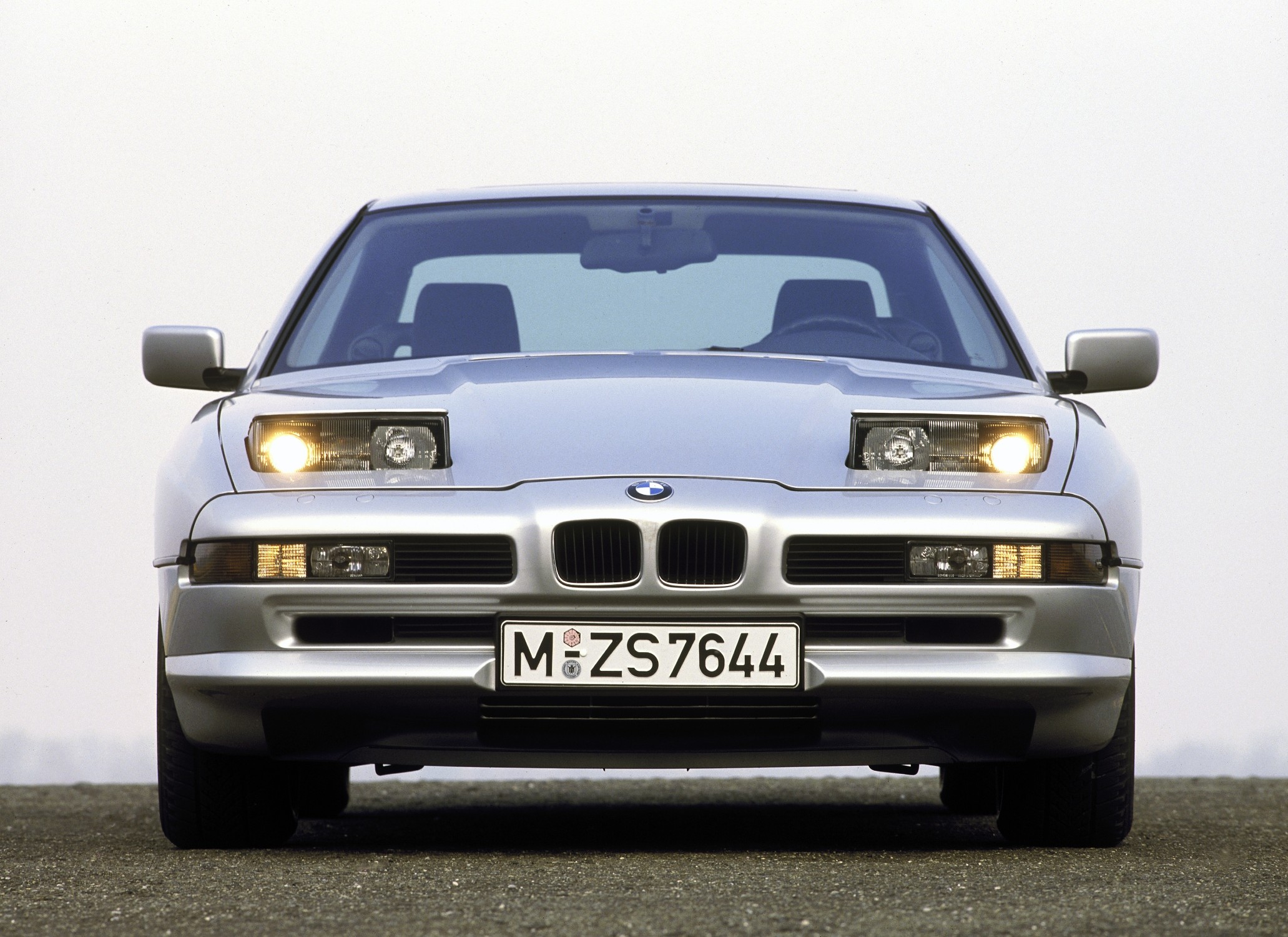

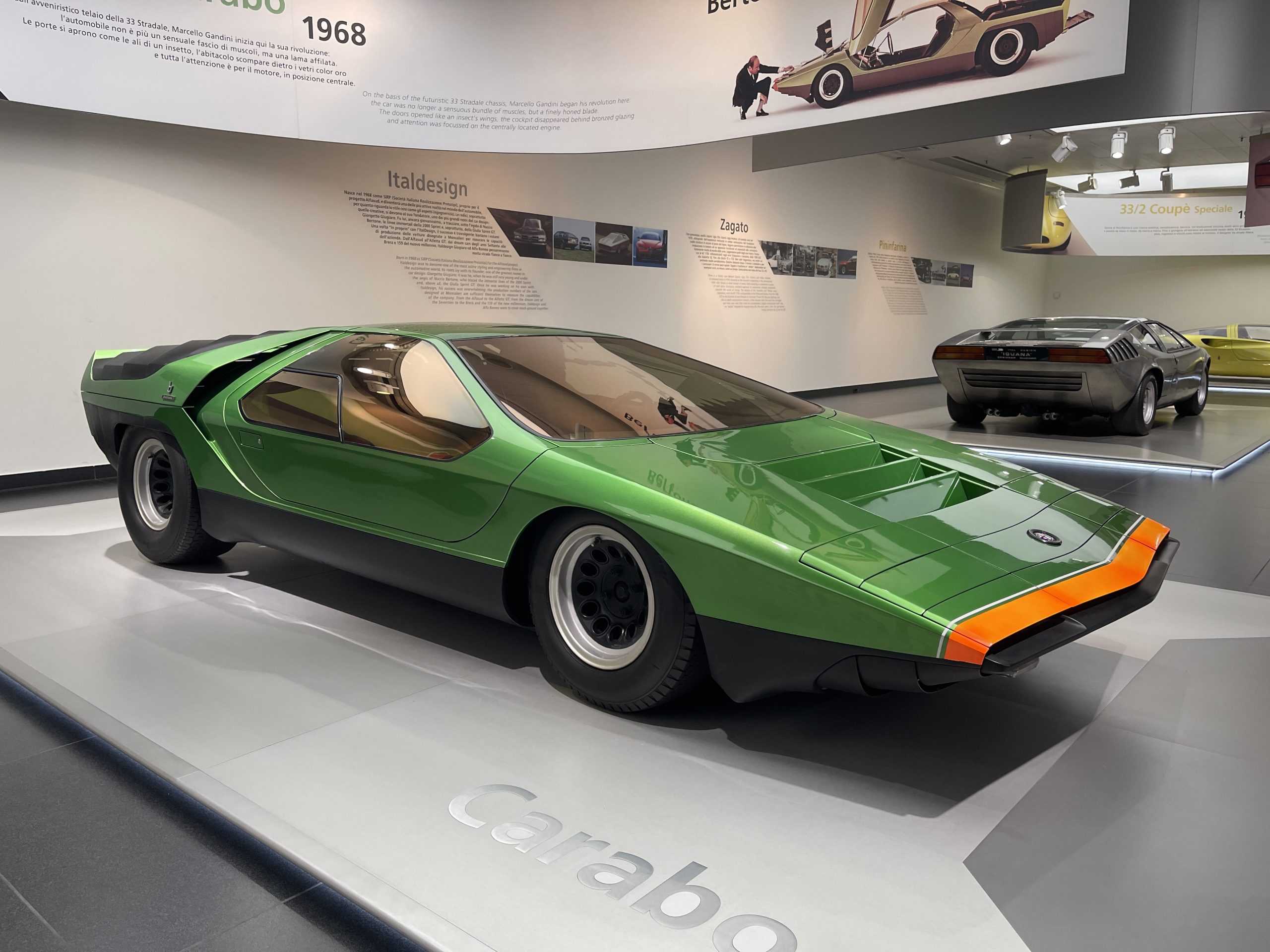
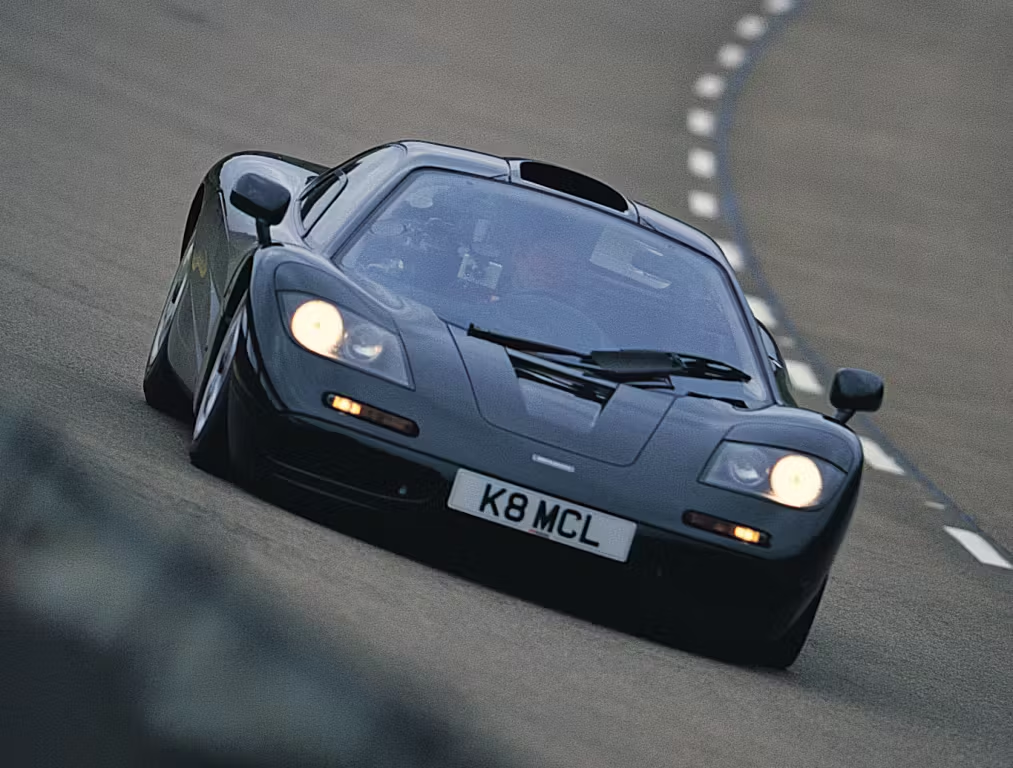

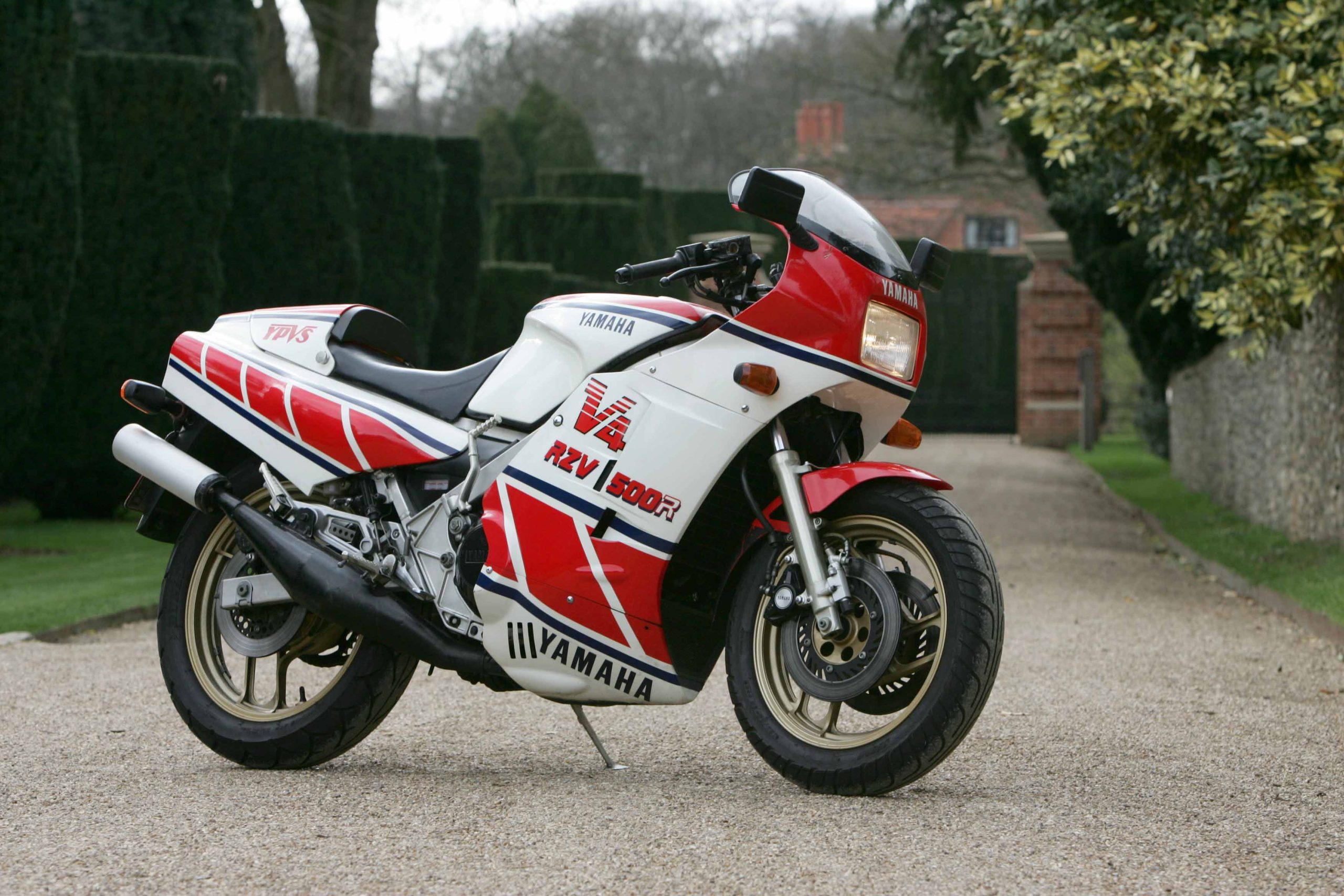
Please quote me the price of insurance on 1990 300zx auto.
I want the estimate value of 25k.
Looking forward to hear back from you.
Enjoy your Life and Drive the Z..
Cheers